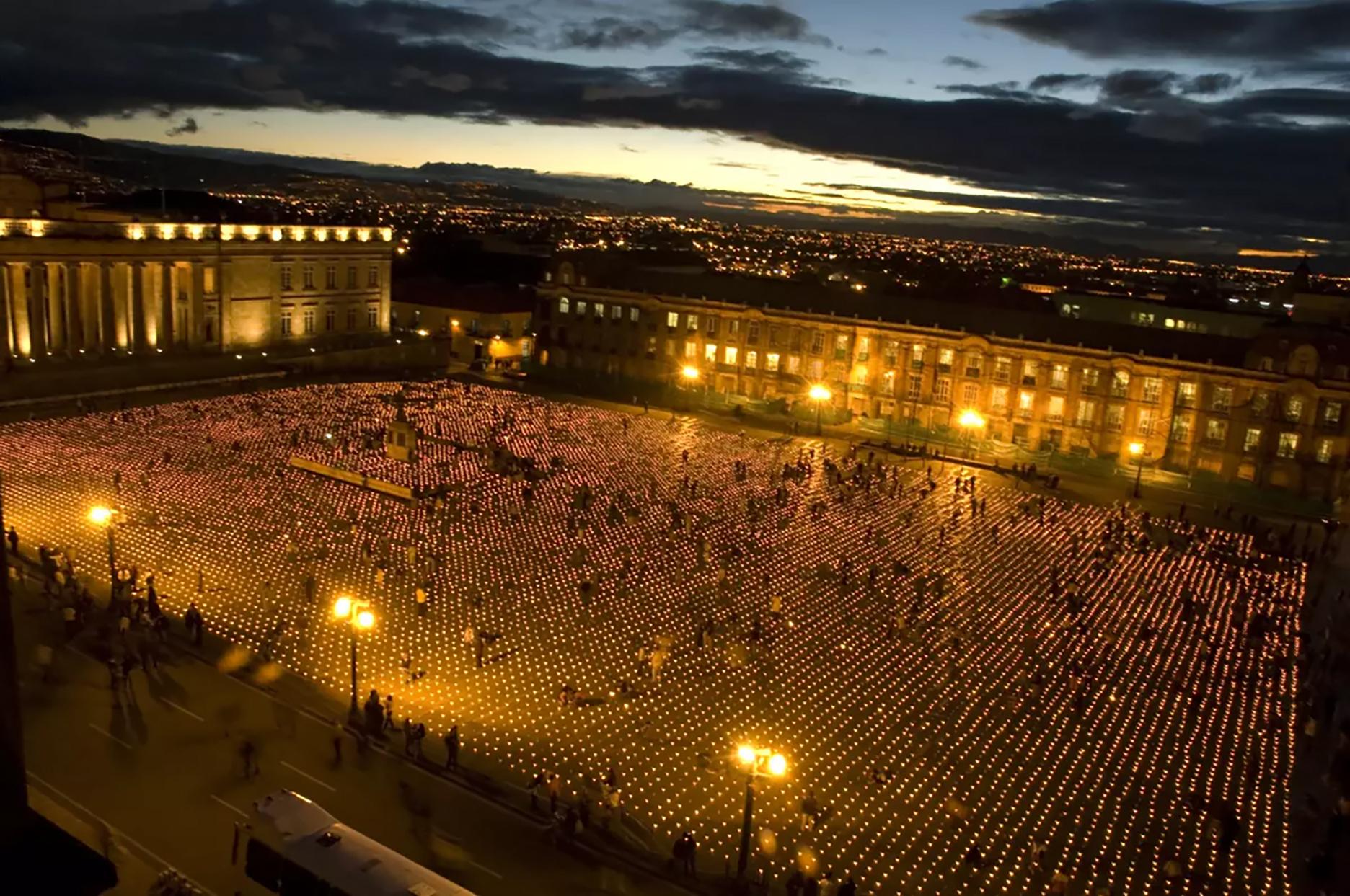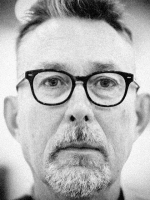Turning Sorrow into Meaning

A seminar on themes arising from Dr Corbet's new book, Trauma, Art and Memory in the Postcolony.
Doris Salcedo, Acción de Duelo, 2007, candles; ephemeral public project, Plaza de Bolívar, Bogotá, July 3, 2007. Photo courtesy Sergio Clavijo / Museum of Contemporary Art, Chicago
Following recent publication of his book Trauma, Art and Memory in the Postcolony (2024), David will give a brief, illustrated overview of its main sections, respectively dealing with perception and trauma (Aisthesis), historiography (Historia), public art, memorialisation and museums (Mnemonikos), creative production (Praxis), and spatio-cultural translocality (Topos). The book aims to contextualise the work of artists and curators within urgent socio-political, environmental and philosophical debates of our time, drawing on Cameroonian writer Achille Mbembe’s concept of ‘the Postcolony’(2001).
The focus of the seminar will be one of the central enquiries of the book, arising from the late American writer Toni Morrison’s observation that certain kinds of human actions are so ‘stupefyingly cruel’ that ‘art alone can translate such trauma and turn sorrow into meaning’. Without implying equivalence, this proposition is contextualised in relation to such human actions as the transatlantic slave trade (c1500-1850), the European Holocaust (1941-1945), Australia’s (attempted) elimination of its First Peoples (c.1780-1960), and Israel’s destruction of Gaza (2023-25). Diverse discursive, artistic and curatorial responses to these and other such ‘events’ are considered, including the proposition that some such catastrophic experiences may be beyond representation or commemoration.
Key readings relevant to the seminar include Jill Bennett’s Empathic Vision (2005), Susan Sontag’s Regarding the Pain of Others (2003), Saidiya Hartman’s Venus in Two Acts (2008), Hal Foster’s Return of the Real (1996), Donna West Brett’s Photography and Place (2016), James E. Young’s The Texture of Memory (1993) and Archie Moore’s Venice Biennale project kith and kin (2024), among others.
Part of the Art History Seminar Series, convened by Mary Roberts, and presented by the discipline of art history at the University of Sydney, with support from the Power Institute.
Join via Zoom
People

David Corbet
David Corbet is a writer, researcher and educator based in Sydney. He is an alumnus of Central St Martin’s, University of the Arts, London (UAL) (Postgrad Diploma); UNSW (MFA); and the University of Sydney (PhD). He has taught into history, theory, curatorial and studio courses at Australian universities over several years. He is the founder of a long-established design and art consultancy with diverse clients across many sectors, and he has creatively led many projects as a curator, editor, and designer, writing numerous articles and book chapters about contemporary visual cultures, and editing and designing several books and exhibition catalogues. His personal visual practice encompasses graphic and spatial design; drawing, printmaking, painting and photomedia; installation and environmental projects.
This new book emerges from several years of postdoctoral research into memorial and counter-memorial practices occurring in the contemporary visual arts worldwide, across diverse postcolonial topologies and imaginaries. Commissioned in the UK under the aegis of Switzerland-based global publishing giant Springer Nature, it is envisaged as a wide-ranging ‘reader’ which will be relevant to students, researchers and subject experts across the fields of visual arts, architecture and urban planning; cultural and memory studies; trauma and affect studies; curatorial and museum studies.
